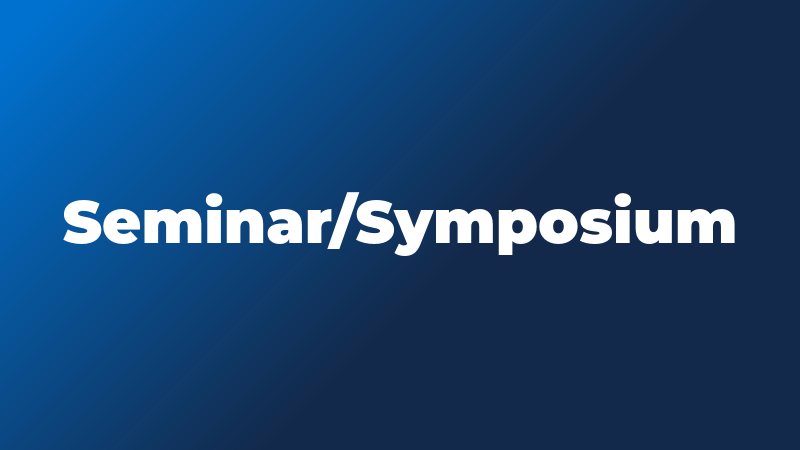The consequences of adaptation: mitigating and producing vulnerability in Mexico City

- Sponsor
- Water Resource Science and Engineering
- Speaker
- Dr. Beth Tellman
- Contact
- Jennifer Bishop
- jbishop4@illinois.edu
- Views
- 8
- Originating Calendar
- Water Resources Engineering and Science Seminars
Abstract:
How do megacities adapt? What are the limits and the consequences? Can vulnerability be eliminated, or is it just transferred over space and time? This talk will address these questions in Mexico City, one of the largest megacities in the world (and the largest in 1325). Drawing from historical accounts, archeological evidence, and research on water and engineering, I examine adaptation pathways of human settlement, water supply, and flood risk. I explore what city managers learn (or not!) from the consequences of past actors’ approaches to confronting environmental risk, which decisions shape path dependency, and what are the consequences. Mexico City’s history reveals lessons salient to contemporary urban risk management: (1) adapting by spatially externalizing risks can backfire: as cities expand, such risks become endogenous; (2) over time, adaptation pathways initiated to address specific risks may begin to intersect, creating complex trade-offs in risk management; and (3) city authorities are agents of risk production: even in the face of new exogenous risks (climate change), managing risks produced endogenously may prove more adaptive. In contrast to large infrastructure, I propose how Mexico City could adapt to water scarcity with decentralized infrastructure such as rainwater harvesting. I will show results of a study, designed with NGO (Isla Urbana), that modeled the impact of rainwater harvesting if it was installed on every home across the city. The study results informed a new government policy to install 100,000 rainwater systems (they have installed 20,000 so far!), yet but less than 3% were installed in informal settlements, the most water scarce regions in the city. This begs new questions: Is rainwater harvesting enough to prevent “Day Zero” in Mexico City or other megacities for the most vulnerable populations? How can we scale transformative adaptation to address risk for those most affected?
Biography:
Beth Tellman is a human-environment geographer who research addresses the causes and consequences of global environmental change in vulnerable populations, with a focus on access to water, flood risk, and land use change. She engages in a wide array of disciplines and methods from land system science, to hydrology, to the social sciences. Her field work focuses on Mexico and Central America, where she has studied informal urban settlements, vulnerability and adaptation to water risk, and the role of narcotrafficking in forest loss. She is currently a Postdoctoral Scientist at the Earth Institute at Columbia University, working on index-based flood insurance in Bangladesh. She is a co-founder of Cloud to Street, a public benefit corporation that leverages remote sensing data to build flood monitoring and mapping systems for low- and middle-income countries. Beth will be an Assistant Professor of Geography at the University of Arizona in August 2021. To learn more about her publications, projects, and PhD and post-doc opportunities see: https://beth-tellman.github.io/.